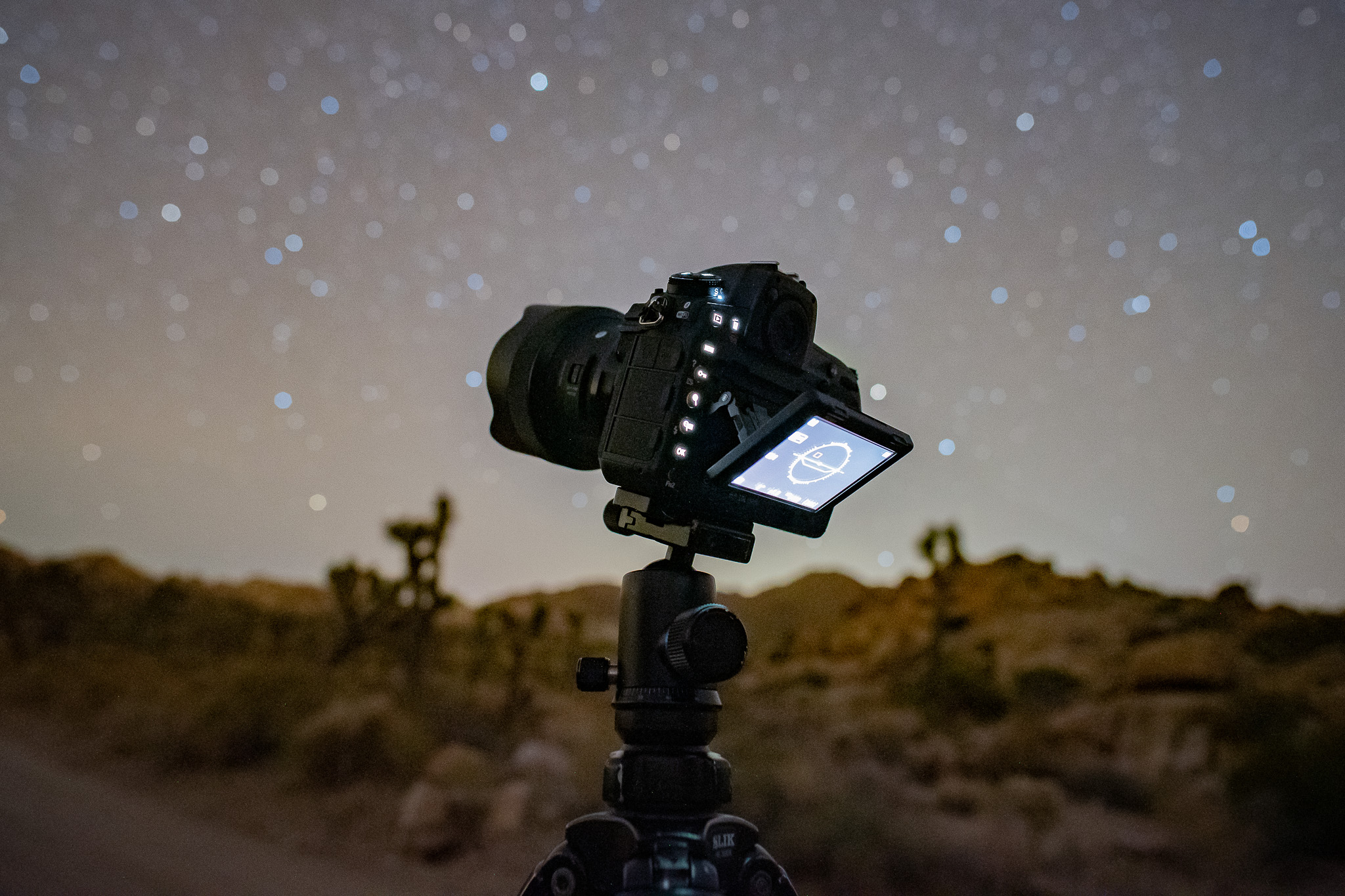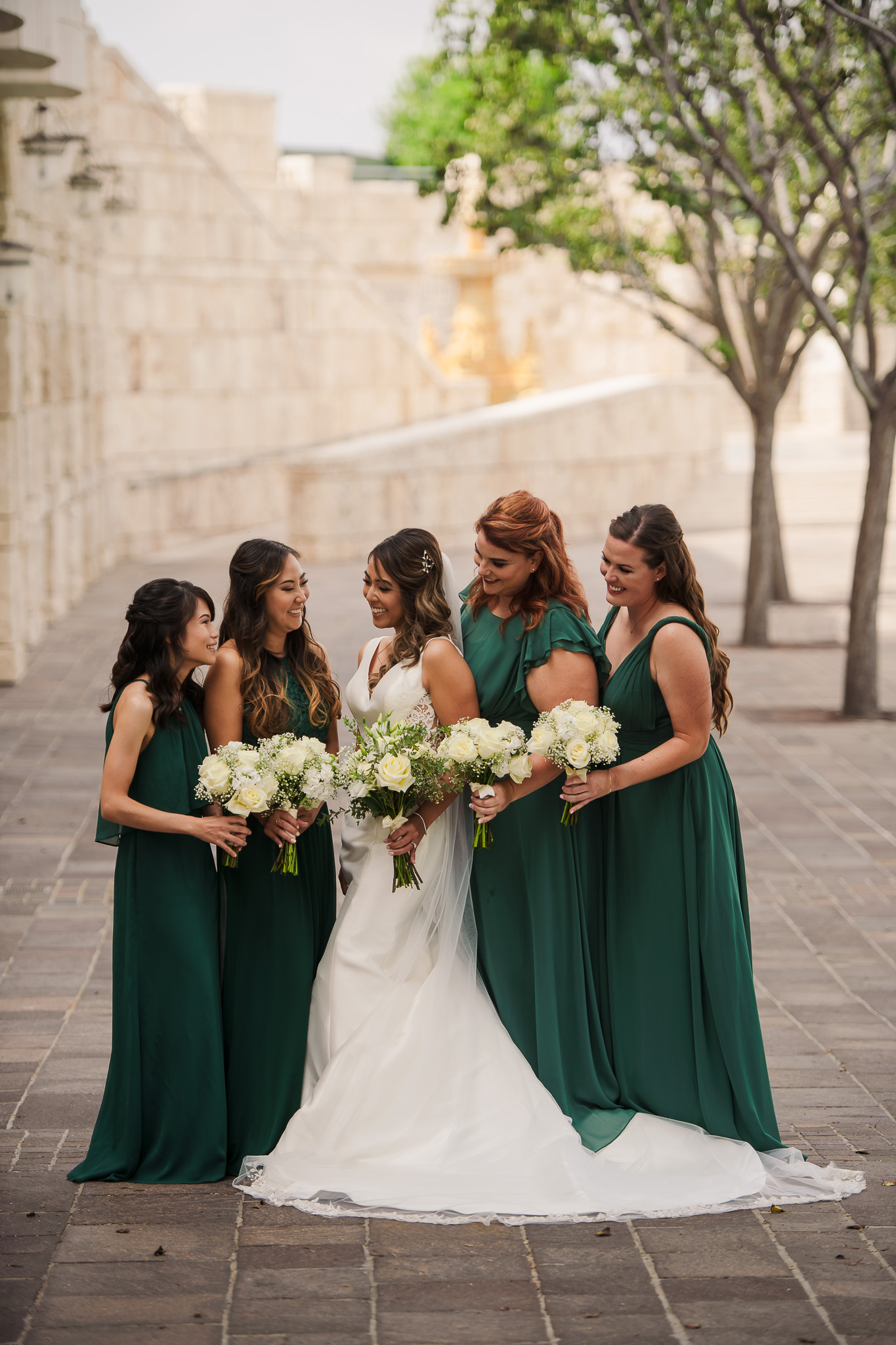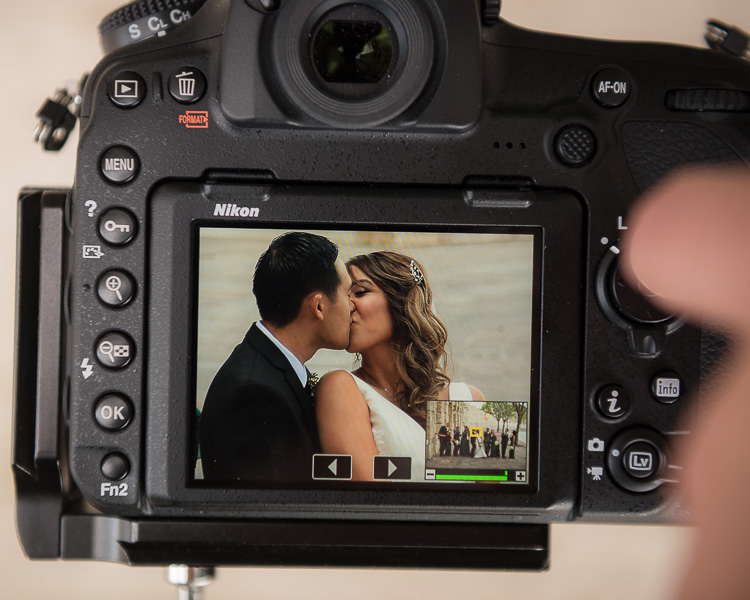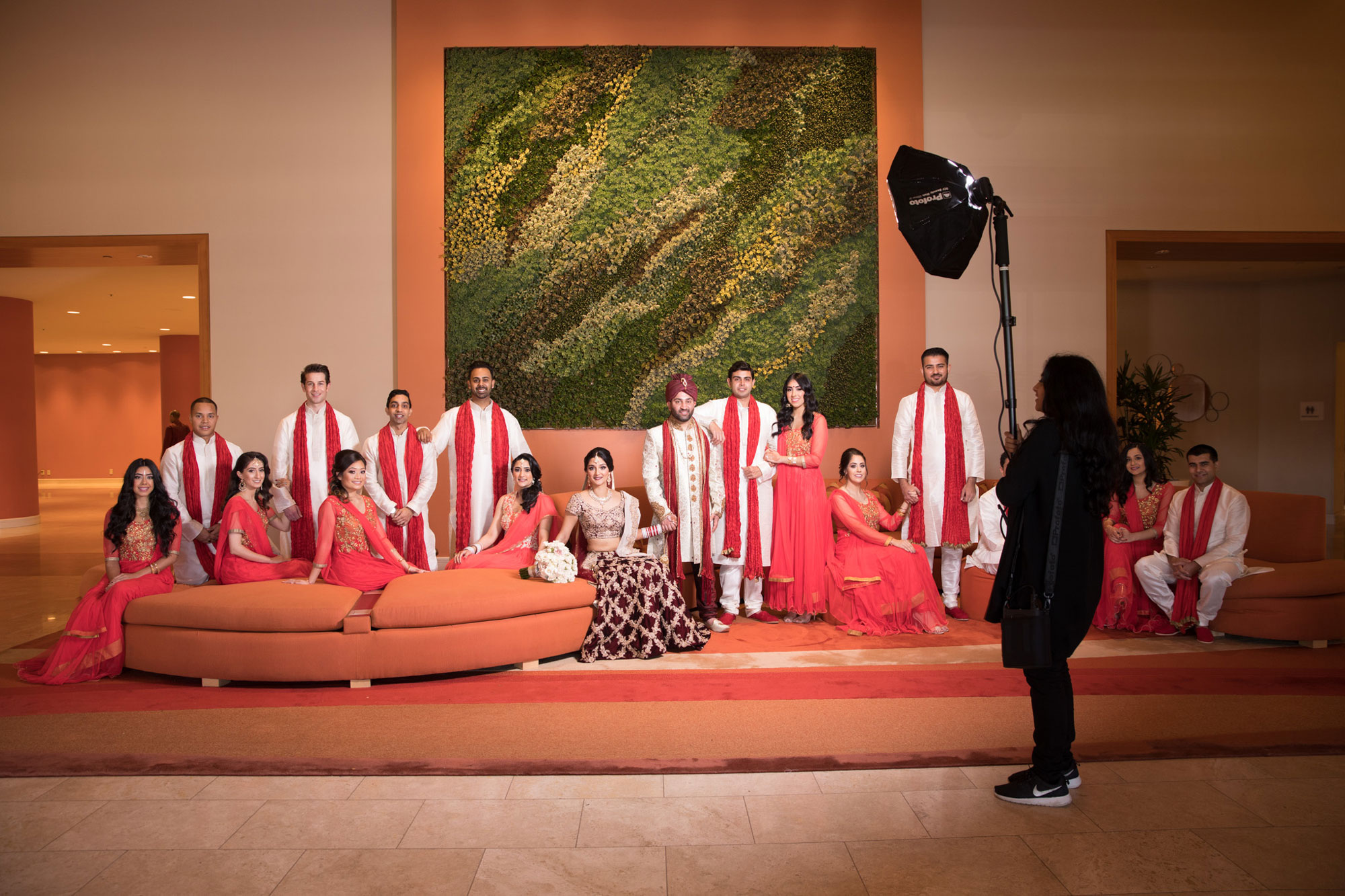The D850 is Nikon’s current premier high-resolution DSLR camera. It packs in almost every feature Nikon has to offer, including quite a few improvements over the D810 that long-time Nikon owners will recognize and appreciate.
However, the playing field has changed dramatically in the last few years, with both Nikon and Canon announcing brand-new full-frame mirrorless systems, and Sony heavy-hitting with competitive new full-frame bodies for their well-established mirrorless mount. If this wasn’t enough to induce “decision paralysis” in shoppers with ~$3,300 in their pockets, get this- Nikon’s own Z7 mirrorless camera costs about the same as the D850, and has (allegedly) the same sensor too!

Nikon Z7, Nikon D850, Sony A7R III
On the one hand, there’s never been a better time to be a photographer who cares about high-resolution images and incredible overall image quality. (Spoiler alert: All of these cameras are a fantastic choice!) On the other hand, the confusion about which camera is right for you, in particular, is also at an all-time high.
So, with that in mind, let’s unravel this mess and dive into what makes the D850 so impressive, as well as where it may seem to fail. Lastly, we’ll attempt to resolve the question of which types of photographers ought to consider the Nikon D850 as their next camera…even if it turns out to be the LAST DSLR they ever buy. (Queue “dun-dun-dunnnnn” sound effect.)

The Camera Landscape In 2018
As I already described, it’s a crazy time to be deciding which new full-frame camera to get. Counting both DSLRs and MILC’s, the D850 is one of NINE full-frame cameras from Nikon, Canon, and Sony to be released in the last 2 years. Oh, I almost forgot, there’s four more: Sigma, Zeiss, and Panasonic have just announced “coming soon” full-frame mirrorless cameras too!
So, how does the D850 stack up? In many ways, it destroys the competition, yet in other ways, it already starts shows its age despite being just 1 year old.
For now, let’s focus on the things that make the D850 great.
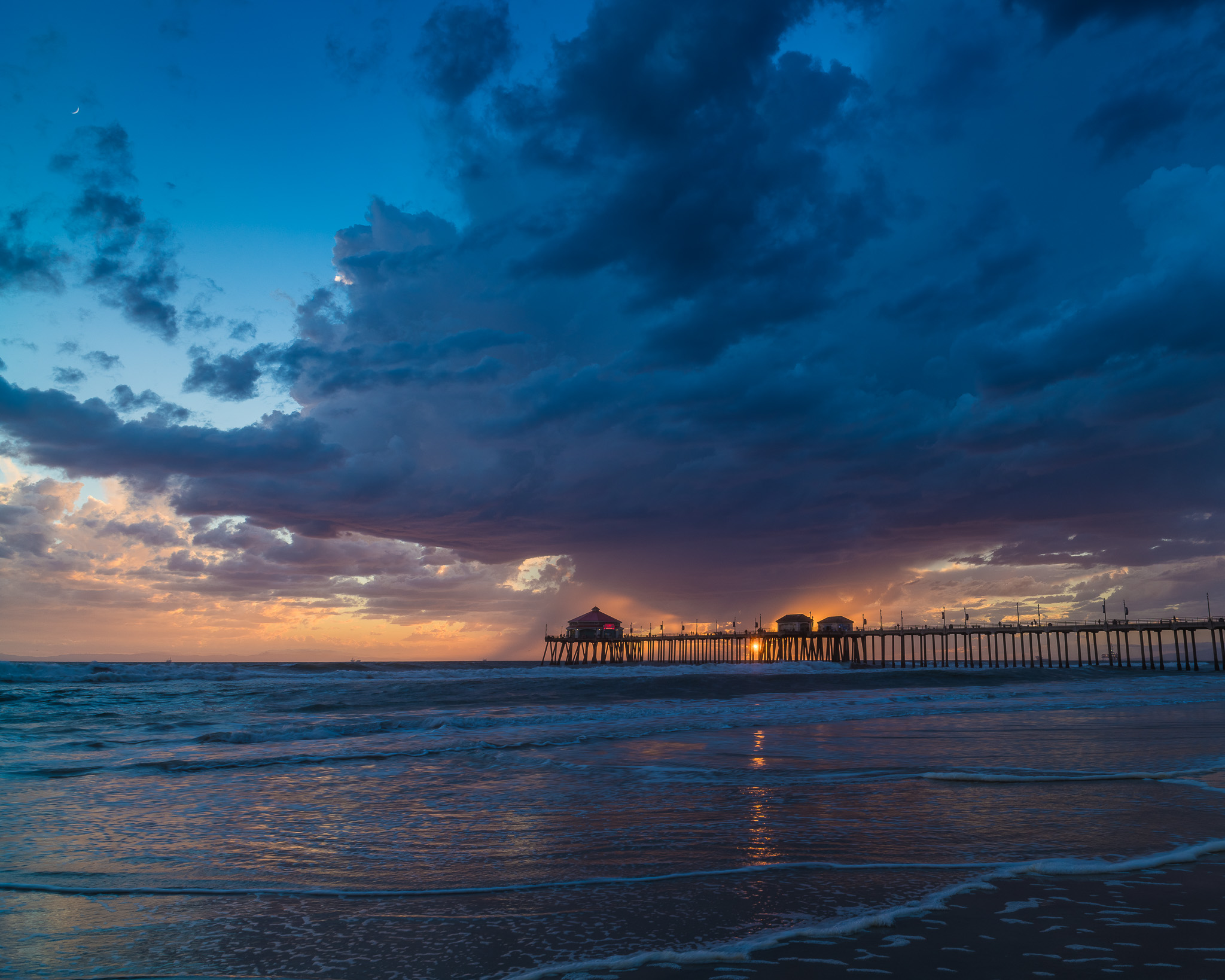
Nikon D850, Sigma 14mm f/1.8 Art – 1/13 sec @ f/13 & ISO 64
Pros – How The D850 Is (Thrice) A Champion
With so many other options out there, choosing the 45-megapixel D850 is more than just a decision to buy a new camera. It is both a commitment to change the way you work as a photographer, and a potential challenge to all the lenses you might have previously thought were “pretty sharp”…
Image Quality
Let’s not beat around the bush here: The D850’s crowning achievement is its images. Nikon has once again outdone themselves with a downright incredible sensor. Say what you will about who fabricates the sensor; Nikon designed it as well as the data processing software/firmware behind it.

At ISO 64, the D850’s BSI (Back Side Illuminated) sensor just about matches current medium format digital cameras, and actually puts older MFD cameras to shame. Do we have any readers here who spent thirty thousand dollars on a digital back, ~15 years ago? It’s okay to cry a little bit right now. Today, for $3,296, you can get this 45-megapixel titan, and enjoy its insane resolving power and absurd dynamic range. The competition can’t match the D850’s base ISO of 64, which is not just a cleaner image with slightly more dynamic range, but also useful for many things such as achieving a slower shutter speed or faster aperture in bright light.
Admittedly, the Sony A7R III is very close at ISO 100, and may pull ahead slightly at higher ISOs, if only in static lab tests. We’ll post additional comparisons against other cameras soon.
Image Quality Test

Nikon D850, 100% Crop, ISO 32 thru ISO 25600
Typical Sharpening Applied, Minimal Noise Reduction
At higher ISOs, the D850 pushes the boundaries of what you can do to a .NEF file in post-production, offering slightly improved shadow recovery (and slightly better overall dynamic range) compared to the D810. It’s also roughly on par with its competitors, the Sony A7R mk3 and the Canon 5D mk4, at common low-light high ISOs such as 3200 or 6400.
Lastly, the D850 image quality entirely surpasses the 50-megapixel Canon 5DsR, at both low and high ISO’s.
Then again, if you’re really just looking for a camera in the ~24-30 megapixel range, then the D850 in mRAW mode doesn’t really offer a usable difference in image quality, in fact images will require slightly more sharpening, and may show a faint square noise pattern under extreme shadow recovery conditions:
Nikon D850 in mRAW mode, (25 megapixels) ISO 3200 Test,
VS Nikon D750 & Canon EOS R (resized to 24 megapixels)
(We’ll post a comparison of the newest Sony, Nikon, and Canon sensors soon!)
Features, Functions, and Control
The D850 is packed with features. First, it adopts the flagship autofocus control layout of the D5 and D500, with the cool new joystick which is highly customizable. The autofocus system itself is full-featured and definitely reliable, at acquiring and tracking focus, even in terrible light.
…Unless, of course, the camera or lens needs AF-microadjustment. But, I’m getting ahead of myself now.
Also, the D850 includes video features such as un-cropped 4K video, focus peaking, and stunning dynamic range when using the “Flat” Picture Control. It’s almost comparable even to cameras with a Log video option, yet without the Log disadvantage of losing highlights getting stuck over-exposing due to the much higher base ISO of most Log profiles.
Last but not least, when it comes to features, functions, and control in general, I must mention that I love those illuminated buttons! What a fantastic feature for anyone who shoots in dark conditions; it’s one thing that immediately feels like a must-have feature. It truly makes the camera feel like a portable, flagship D5-class camera.
I only wish that the few buttons on the right side of the camera were also illuminated, especially since they’re used quite often for various controls.
The D850’s Grip & Rubber
For well over a decade Nikon has used a type of rubber in its grip and elsewhere around the body, that feels wonderfully “grippy” when you first get the camera. Unfortunately, it would always fall off eventually, especially if you live in a very hot environment and/or use the camera heavily in sunny, hot conditions. Of all the Nikon’s I’ve owned over the years, every single one of the cameras that had this grip rubber required its replacement 2-3 times over the lifespan of the camera. That’s over a decade of the same proneness.
In the D850, Nikon has finally changed to a new grip rubber that feels totally permanent, and yet somehow almost still as grippy as before. It’s about time, Nikon!
Furthermore, even though the battery in the grip is the same Nikon EN-EL15a, somehow the grip itself feels both deeper and slimmer. Anybody who has held a D700 before will know the feeling of a chunky, almost bloated-feeling grip. This new, nearly perfect-feeling grip feeling is something I’ve come to love about the D750 and D500. I didn’t know if Nikon could pull it off in their next D8xx class full-frame body, but they did. This makes a huge difference on long 12+ hour days!
Nikon D850, Nikon 70-200mm f/2.8 VR2, 1/1000 sec @ f/2.8 & ISO 64
Cons – Ways The D850 Shows Its Age Prematurely
So, the D850 delivers the goods in many ways. If you’re totally used to similar DSLRs like the D810 or D800e, you’ll likely be thrilled with the perfection achieved by the D850. Or if you’re used to any other Nikon DSLR, or a Canon 5D-series, you definitely might want to consider the D850 too.
Unfortunately, shopping for a full-frame digital camera is not as simple as it was 5+ years ago, and the D850 may already seem outdated to those who have been eagerly following the whole “mirrorless revolution” over the last few years, especially throughout 2018-2019. The D850 may be one of the best DSLRs ever, but it’s still a DSLR, and that makes things….complicated.
So, how exactly could the D850 fall short of your expectations? To certain photographers, it may still be a perfect camera, indeed, but to others, there are some important things to note. With that in mind, here are my gripes:
Camera Body Size & handling
When I first picked up the D850, I immediately started to realize something: this camera already feels “oldschool”. It’s a beast, physically, and yet somehow it just doesn’t feel like it needs to be so big. The buttons feel intentionally spread out across the camera’s excessive surface area.
I’ve honestly never felt this exact response to a camera, even though I’ve extensively used and reviewed literally every camera in this class, from both Nikon and Canon. So, I was perplexed, to say the least.
In order to understand this, I reminisced about all the Nikons I’ve held in the past, from the milestone D700, to the legendary F5. And then it hit me- It used to be a good thing for cameras to be this big, for controls to be so spread out that you’d never accidentally hit the wrong button, or accidentally change a crucial setting.
However, I’ve spent the last 5 years training my mind to work with smaller cameras, to hit the right button every time despite them all being much closer to each other. And I think I prefer it now!

But, do all those D850 buttons need to be so spaced out?
(Maybe if you wear gloves, this will be a huge plus!)
It’s not just the fact that I’ve spent the last few weeks reviewing the Canon EOS R, either. The Nikon D750, my wedding photography workhorse of 4 years, also feels very compact and portable compared to the D850.
It doesn’t help that in the last few years, I’ve owned a Sony RX10 series camera, have used a couple Nikon D5x00 series cameras for vlogging, and of course, I’ve shot with and reviewed a handful of the Sony A7-series cameras. Yes, some of them feel cramped and could stand to be a tad bigger, but for the most part, I’m actually getting used to smaller cameras, period.
Either way, it took me a while to process what this ergonomics revelation meant. Is this a PRO, or a CON, for the D850? Should I enthusiastically welcome back the oldschool handling, the buttons I can’t miss, plus the abundant dedicated functions? Maybe. My hands are big enough to get comfortable with the D850 in no time, but to be honest I find myself wishing they had just crammed the D850’s controls into a camera more the size of my D750, let alone a Z7 or EOS R. I’m actually proud of myself for re-training my brain to work so well with more compact cameras!
Ultimately, I have to consider YOU, the reader, and I believe that the evolution of ergonomic design which has happened in the last ~5 years is going to be what most photographers prefer. So, strike one against the D850? Maybe, unless of course you simply disagree and love the way the D850 handles, which I totally understand. (And I would love to hear from you in a comment below!)
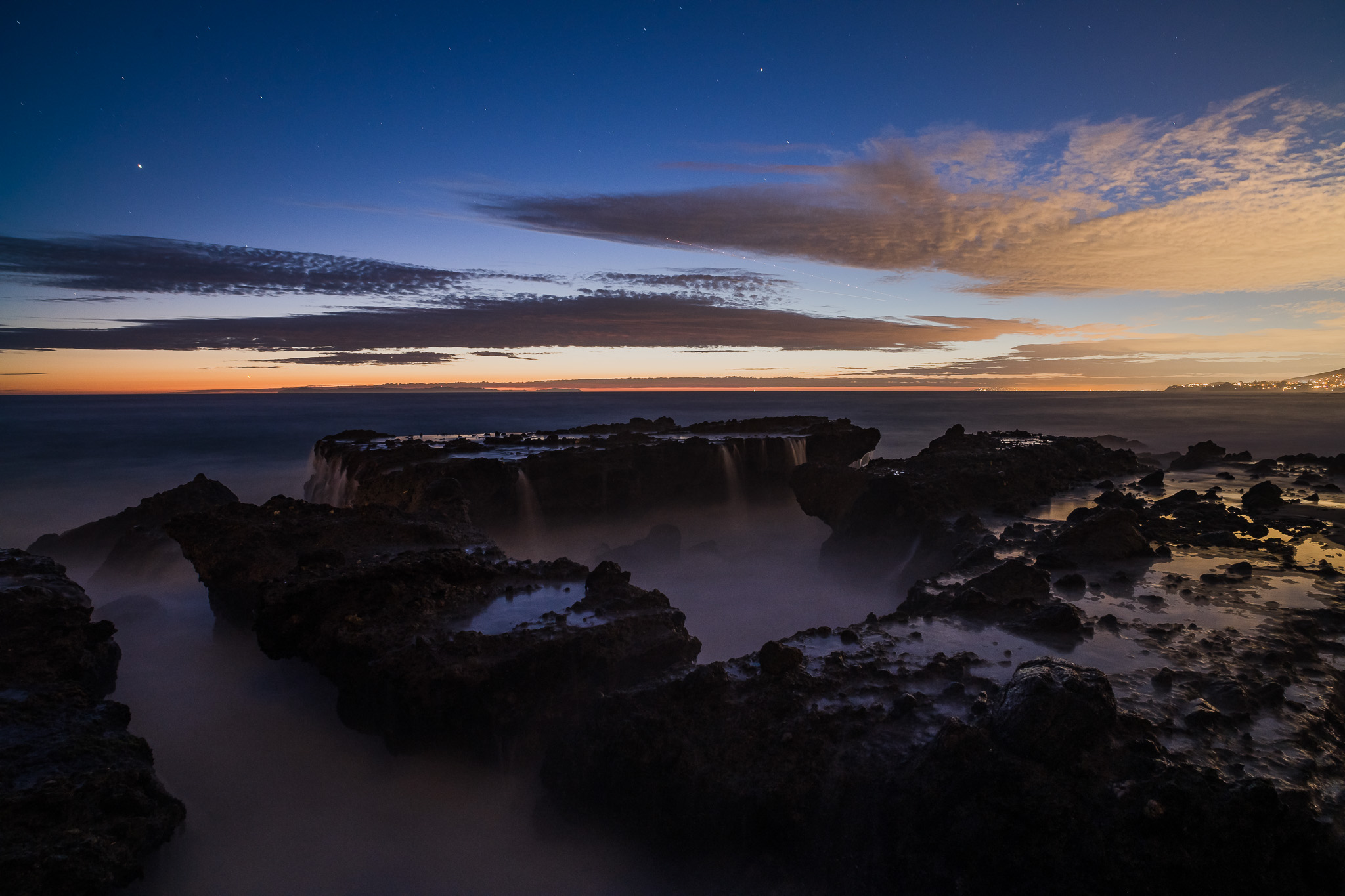
30 sec @ f/9 & ISO 400
Focus & Sharpness
By the way, that ergonomic epiphany isn’t what actually happened when I first picked up the D850. What really happened was….I took blurry photos. Photos that should have been perfectly sharp, yet weren’t.
This was partly because the D850’s 45-megapixel sensor is absolutely merciless when it comes to your shooting technique and the lenses you choose. Furthermore, unfortunately, that wonderful autofocus system is of course an off-sensor phase-detect AF system, and it was being naughty….it back-focused. Repeatedly.
As someone who reviews camera gear year-round, I don’t have the luxury of only ever using the same 1-2 lenses on the same one camera body. I’m constantly using different lenses, (rented lenses, loaner lenses) and of course abusing the lenses I do own on a regular basis as a wedding photographer.
This results in a higher rate of lens+body mis-focus issues, due to the nature of optical phase-detection autofocus- it is done by a mirror and a separate AF module, it’s not done on the sensor itself.
Frustrated by that initial moment of embarrassment, I immediately tried live view autofocus, with the electronic shutter option turned on. Of course, it nailed focus perfectly and eliminated any camera shake. The sharpness that resulted, at the exact same aperture and shutter speed, was a night-and-day improvement.
In years past, this wouldn’t have been a huge issue- I can calibrate a lens in under 5 minutes, without any fancy charts or computer software, in the field. And when it’s working properly, the D850’s autofocus is flagship-class.
Unfortunately, the last few years have once again offered me a taste of various high-performance mirrorless camera systems which never have this problem; autofocus is done on the image sensor itself.
At first, these AF systems only used contrast-detection, a precise but less reliable method which usually failed in mediocre light, let alone terrible light. Recently, however, hybrid on-sensor autofocus has combined both phase-detect and contrast-detect focus methods with impressive results, plus Canon’s Dual Pixel Autofocus is similarly uncanny at nailing focus in almost any light. Both methods are getting good enough at subject/face tracking to handle most ordinary shooting conditions, even at ultra-shallow apertures.
Thus, I’ve reached a point where I’m just fed up with the need for autofocus microadjustment, period. And yes, I’ve tried Nikon’s built-in AF tuning feature, it works great some of the time, but since I can’t trust it 100% of the time it is a moot point for me.
Here’s the bottom line: even if traditional SLR autofocus is still slightly better at tracking fast-moving subjects, I think the average photographer’s experience will be more frustration-free on a recent mirrorless camera, with respect to focusing & sharpness. There, I said it.
Again, this will only be “strike two” for the D850 to some people, and I would love to hear your comments if you’ve had a different experience.
One thing the D850 does have going for it is a well-implemented electronic shutter function in Live View, which makes ultra-sharp nightscape/telephoto images very effortless at any shutter speed.
“Casual” Astrophotography – Nikon D850 100% Crop @ 200mm
(using a cheap, junky old 80-200mm f/4.5-5.6!)
Image Playback & Touchscreen
Part of the whole reason I struggled to get sharp images right off the bat was that the D850 rear LCD displays images in a different way than previous cameras. I’ve been using Nikon DSLRs for about 15 years now, and have gotten used to the way images look when viewed at 100%. The D850, unfortunately, seems to display images at a different pixel density.
For example, my D750’s LCD screen is 3.2”, but only ~1.2M pixels. The D850’s LCD is 3.2” and ~2.2M dots. Combine this with the nearly doubled total resolution of the images, and “100%” seems to have changed its appearance significantly.
I tried to resolve the issue by simply zooming in an extra 50-100%, but what I’ve come to recognize as “perfect sharpness” is simply unfamiliar at any zoom range.

I have been enjoying how the latest Canon cameras offer multiple sliders for their in-camera sharpening algorithms; I wish Nikon had offered something like this so that I could make my images look more similar to what I’m used to seeing.
All in all, I will say this: When sharpness is in fact perfect, you can learn to discern it, at either what the camera deems to be 100%, or at 150% or 200%. However, if images are ever-so-slightly out of focus, you might not realize it. Then, even if you can identify “fuzzyness”, you may still struggle to figure out what the culprit is- good ‘ol camera shake, mirror/shutter slap, or total misfocus.
So, we’re up to strike three for the D850, …maybe. Except, this time, the people who will not see this as a strike won’t be the “oldschool” photographers, but those who have recently trained their eyes to discern sharpness on the new generation of high-resolution displays found in both cameras and other devices. (Apple Retina, etc.)

Timelapse Photography Limitations
As the first camera capable of 8K resolution with its still images, Nikon really played up the timelapse photography features of the D850. And while they are definitely so much better than the competition, there are still a couple crucial flaws in Nikon’s implementation of its Interval Timer shooting mode:
First and foremost, the issue that many serious timelapse photographers have already mentioned: Image playback is impossible during a timelapse with long shutter speeds that approach the actual shooting interval. For example, if a timelapse is shooting 30 sec exposures at a 33 sec interval, (a very common Milky Way nightscape timelapse setting) …then you simply don’t get to see your images in between exposures; the camera only has 3 seconds to “think” in between shots, and it apparently spends all that time writing the raw image to the memory card.
I’ve proposed this before, and I’ll suggest it again to Nikon: Allow image playback during (timelapse) exposures! It’s that simple.
Next, if you’re brave, take it one step further and allow settings to be adjusted during an exposure, for the subsequent shots. This could be done on the touchscreen gently without bumping the camera, or wirelessly through the mobile app.
The other major frustration I’ve always had with Nikon’s built-in interval timer is this: The camera can’t figure out how to take exposures truly back-to-back. A zero-second interval simply isn’t an option. 0.5 seconds is now an option on the D850, however, the intervals count from the beginning of each exposure, not the end. So if you set a 0.5 sec interval when shooting 30-second exposures, the camera would skip 60+ intervals!
View this post on Instagram
To solve this problem, I’d love to see a menu option that allows the camera to count its interval from the end of each exposure, not from the beginning. With this option, I could set a 30-second shutter speed, an interval of 0.5 seconds, and the camera would never skip an exposure. It would also allow me to smoothly ramp up a day-to-night timelapse, say for example starting with a ~5 sec interval and 1/500 sec shutter speeds right at sunset, and then as shutter speeds lengthen the timelapse would sort itself out.
Alternately, Nikon could tweak its new “interval priority” option, which currently only works in P/S/A mode, to also work in Manual exposure- I could set the interval to 30 sec, and the camera would just end a 30 sec exposure at 29.5 seconds in order to start the next exposure. The images would look identical of course, and the interval itself would be much less complicated than 30.5 sec, too.
Last but not least, I know this is asking a lot but I’d love to see Bulb mode become available in Interval Timer shooting. With either of the custom tweaks I just mentioned, this could be easily implemented.
Before I move on, I must commend Nikon on the implementation of 100% electronic timelapse shooting, which avoids both wear-and-tear on the mechanical parts and the horrible aperture flicker that can happen when shooting timelapses at f/11 or f/16 on a mechanically actuated Nikkor lens. This is an absolutely brilliant concept, and I hope it trickles down to other cameras too. (D750 mk2, anybody?)
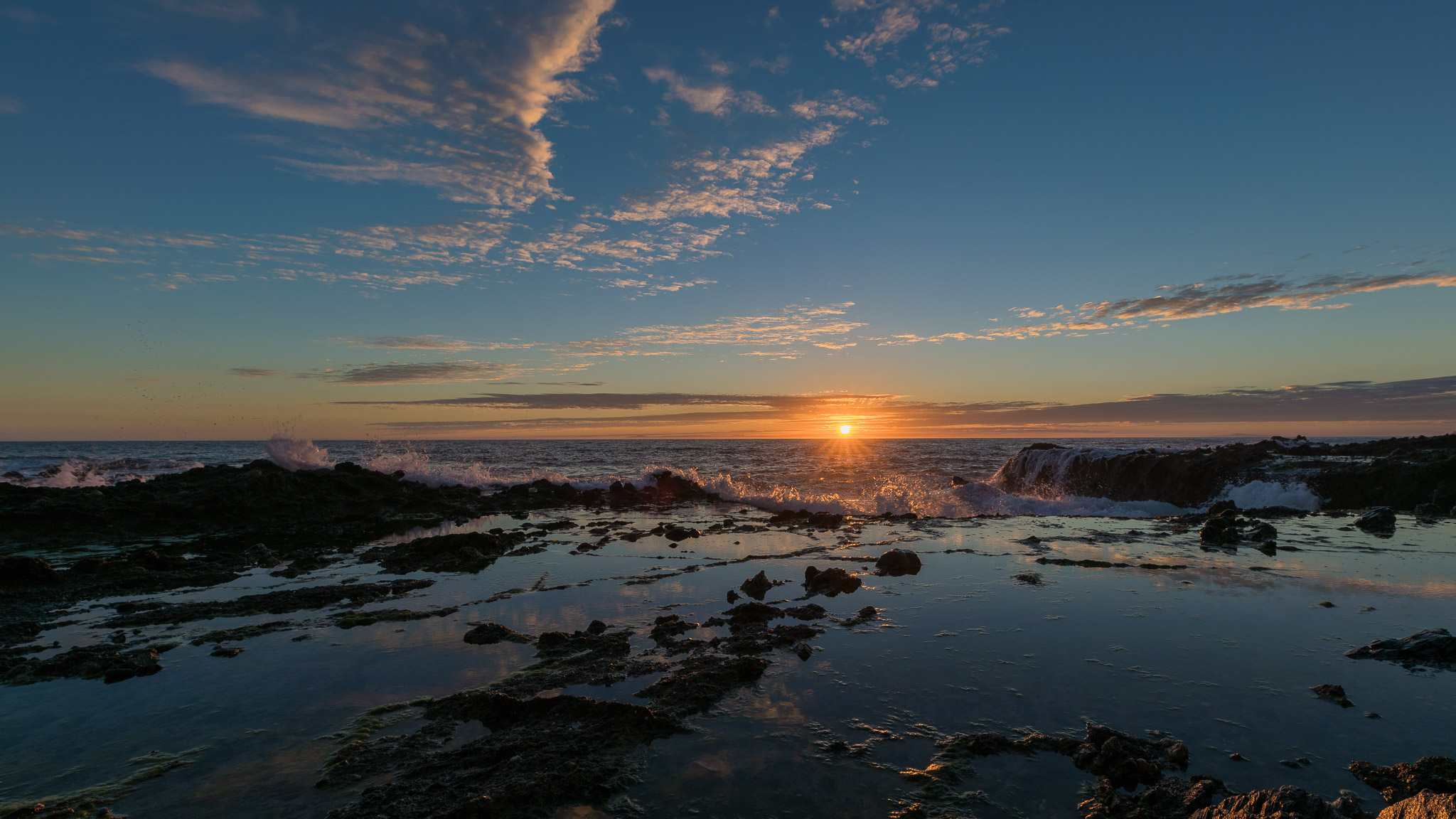
Who Should Buy the Nikon D850
If you skipped to this part, I don’t blame you, and I’ll go back to being to-the-point: The D850 is a beast, which means it isn’t necessarily right for everybody.
Even though the D850 does finally succeed in offering an “mRAW” and “sRAW” type image format you can use to shoot ~12 and ~25-megapixel NEFs, it’s still a camera that you buy to use most of the time at its full 45-megapixel resolution.
If you don’t need 45 megapixels, then stick with your D810 or D750. The D850 is just overkill for any type of everyday conditions, and although it may have a few bells and whistles you really want in your current DSLR, any casual or “serious amateur” will likely find that either a Nikon Z-series mirrorless, or an inevitable D750mk2, suits them better.
If you like the idea of using the D850 for action sports or wildlife, since it has a decent buffer, framerate, and autofocus tracking, you may still be better off with a Nikon D500. The D500 has all the pro AF features of the D5, plus those in-viewfinder AF points are spread out all over the viewfinder, thanks to it being DX. Don’t underestimate the image quality of that DX sensor, either, it really delivers the goods at a flagship professional level, from ISO 100 all the way to ISO 3200 or even 6400. Then again, the D850 in DX mode is essentially a D500, so if you’re OK with shooting in DX mode for action sports, the D850 could make a great multi-purpose camera.
If you’re a serious portrait, commercial, architectural, or landscape photographer, then sheer resolving power and overall image quality are always going to be your guilty pleasure, therefore the D850 will be hard to resist.
The elephant in the room, however, (no this isn’t a joke about the D850’s size versus the Z7) …is of course that most of what makes the D850 so great can also be found in the mirrorless Z7.
Landscape shooters might be interested in the Z7 for its portability. Portrait and fashion etc. photographers might find that the Z7’s autofocus is a bit more reliable, month-to-month and lens-to-lens. Also, some of the new Z-mount lenses are amazing for portraits.

Nikon D850, Laowa (Venus Optics) 12mm f/2.8 Zero-D
8 sec @ f/2.8 & ISO 6400
If you are any of these types of photographers, but you also know that you absolutely do still prefer having an optical viewfinder and a larger camera body itself, then the D850 will be a dream camera for you. Its base ISO image quality is unmatched, and its high ISO image quality is on par with all the best options on the market, plus its general feature set makes it a solid professional workhorse.
Many landscape and nightscape photographers shoot from a tripod
100% of the time, rendering IBIS and even live view unnecessary.
Also, it appears that the Nikon Z7’s shadow recovery is slightly less capable than the D850’s, due to some faint banding that lab tests are finding in the extreme shadows of +5EV and +6EV recovery tests.
If you’re still comfortable with an optical viewfinder, but you want a more manageable resolution (yet still competitive image quality) and a more compact, lightweight body, then get a D750. They’re under $2,000 brand-new, and can be found used for around $1000. Or, if you want 4K video etc, wait and see what the D750’s successor brings.
Alternately, if you’re looking for a future-proof camera system, and you enjoy that “early adopter” status, (despite its potential woes) then a Z6 is just $1996, and also a much more well-rounded camera with a manageable resolution.
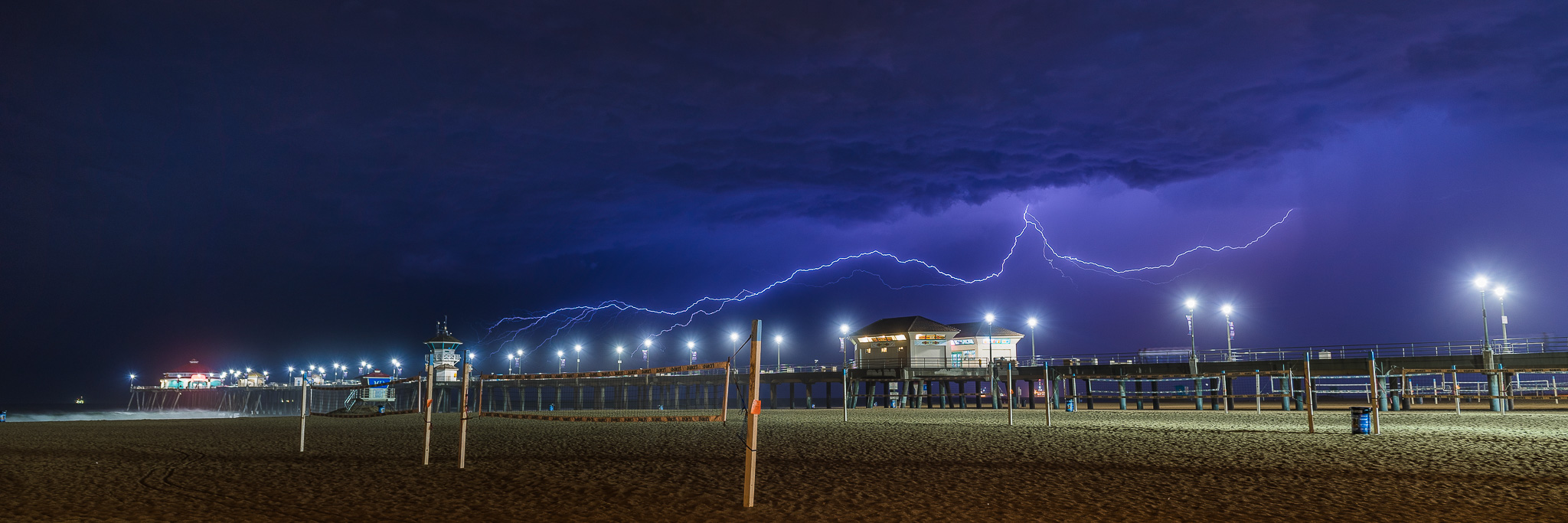
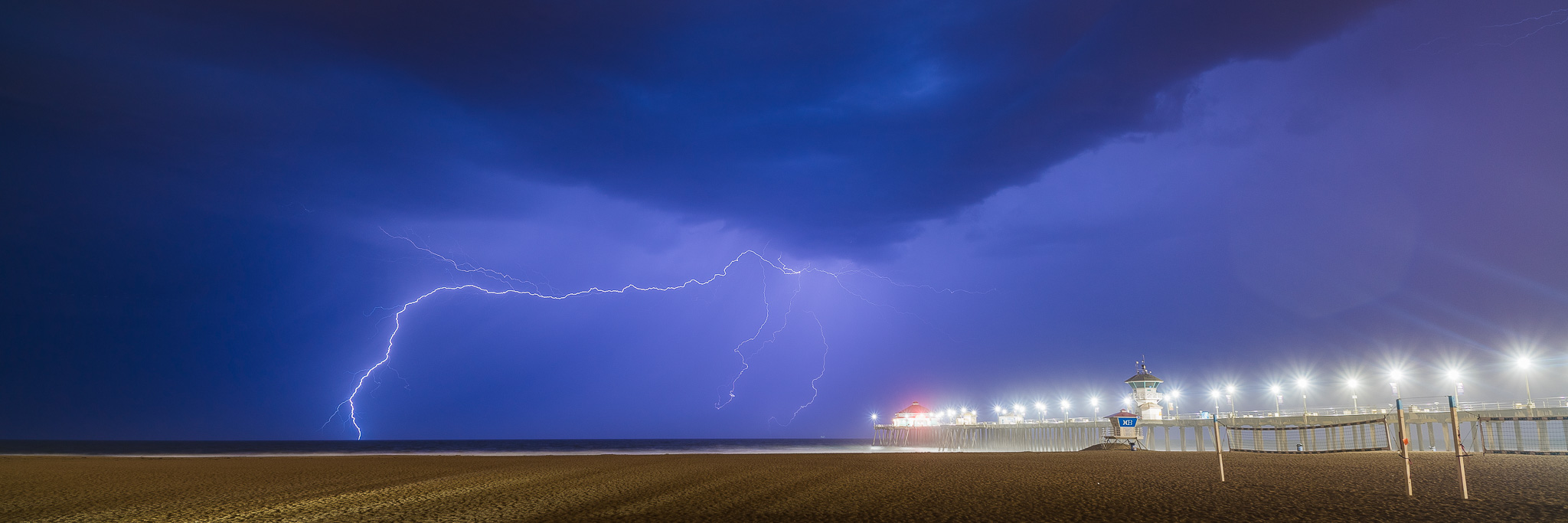
Nikon D850 Review Conclusion
At the end of the day, I can’t help feeling like I’m bearing witness to some sort of awesome, formidable Megafauna. Which, as every elementary school kid will tell you, is quite possibly the second-coolest thing ever. (The first, of course, being dinosaurs themselves. But I don’t think Nikon is producing “dinosaur” cameras, at least not yet...)
Unfortunately, as we all know, the story of the Megafauna phenomenon largely ends in extinction. No, I don’t think DSLRs are going to be completely wiped out any time soon. They’ll be around for many years to come. It’s Nikon, after all, the company that brought us the film F6 in 2004, a time when film found itself pitted against DSLRs in a way not entirely unlike today’s mirrorless VS DSLR debate.
Who knows, we may even see a D860 in 2-3 years. It all depends on how popular the D850 is, and how popular the Z-series is.
So, CHEERS, Nikon D850! May your glory days be full of stunning imagery and exciting adventures. Because yes, I fear that the next generation of photographers may overlook or even ignore you, and embrace your younger, slimmer, more attractive (in a dorky, retro-futuristic sort of way?) siblings- the Nikon Z7 and Z6. Or, maybe I’m wrong? I’d love to be wrong! (Please comment below to discuss!)
I do still love optical viewfinders, by the way. I love old AI-S lenses that are shockingly sharp at f/8, too. Most of the time, I don’t mind a bit of extra heft. For the rest of you “oldschool” shooters, go try out a D850. It’s a pretty awesome camera, if you love it for what it is.
